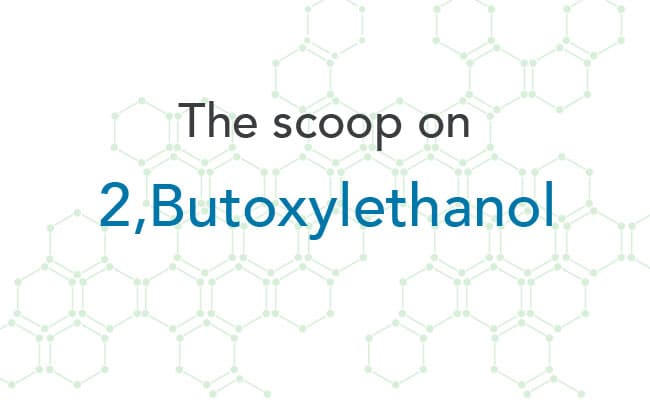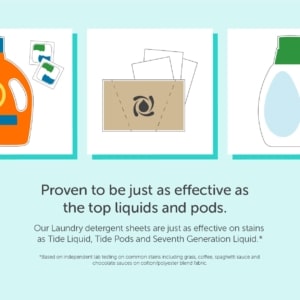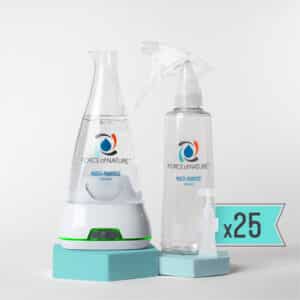What is 2-Butoxyethanol?
This chemical is a clear, colorless and flammable liquid that is used as a solvent. Solvents soften and disperse soils so that you can remove them without having to use as much “elbow grease”. It is part of a family called “glycol ethers“.
What products is 2-Butoxyethanol in?
Glass cleaners and all-purpose spray-cleaners are the most common household items containing 2-butoxyethanol [1] [3]. It is used in household cleaners, liquid soaps, cosmetics spray lacquers, enamels, herbicides, hydraulic fluids, fabric dyes and inks, household degreasers, dry-cleaning substances, and latex paints [1].
How to tell if a product has 2-Butoxyethanol
2-butoxyethanol may also be listed as ethylene glycol monobutyl ether, ethylene glycol butyl ether, Butyl Cellosolve, ethylene glycol n-butyl ether, butyl Oxitol, Dowanol EB, glycol butyl ether, Polysolv, and Ektasolve EB. Abbreviations for 2-butoxyethanol include EGBE and BE [1]. The acetate form of 2-butoxyethanol may be listed as butoxyethanol acetate, butoxyethyl acetate, butyl glycol acetate, ethylene glycol butyl ether acetate, acetic acid 2-butoxyethyl ester, glycol monobutyl ether acetate, Butyl Cellosolve acetate, or Ektasolve EB acetate. Common abbreviations for 2-butoxyethanol acetate include BEA and EGBEA.
Risks associated with 2-Butoxyethanol
2-butoxyethanol can enter your body through the lungs by breathing in the vapors or through skin contact.
Short-term exposure to high levels in humans is associated with pulmonary edema and severe liver and kidney damage. Chronic exposure in humans is associated with neurological and blood effects, such as nausea, tremor, and anemia. Animal studies have reported reproductive and developmental risks from inhalation exposure.[4]
The National Emission Standards for Hazardous Air Pollutants regulates 2-butoxyethanol under the Clean Air Act because it has demonstrated the potential to cause serious health issues including reduced fertility, low birth weight and toxic liver metabolites. [1] [3]
It is also associated with asthma and allergies.
How to avoid 2-Butoxyethanol
To avoid 2-butoxyethanol, read product labels and avoid products listing the ingredients noted above. In cleaning products, where manufacturers aren’t required to list all their ingredients on product labels, choose toxic chemical free alternatives with safe natural ingredients.
References:
[1] Agency for Toxic Substances and Disease Registry (1998). Public Health Statement for 2-Butoxyethanol and 2-Butoxyethanol Acetate. Available online: https://www.atsdr.cdc.gov/PHS/PHS.asp?id=345&tid=61 December 7, 2016.
[2] Women’s Voices for the Earth (2016). Reproductive Harm. Available online: http://www.womensvoices.org/safe-cleaning-products/reproductive-harm/ December 7, 2014.
[3] Women’s Voices for the Earth (2016). 15 Toxic Trespassers. Available online: http://www.womensvoices.org/avoid-toxic-chemicals/15-toxic-trespassers/ December 7, 2016.
[4] U.S. Environmental Protection Agency (EPA) Hazard Summary, Glycol Ethers (2-Butoxyethanol): Uses, sources and potential exposure, acute and chronic health hazard information, and more




